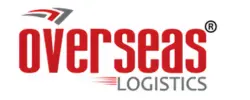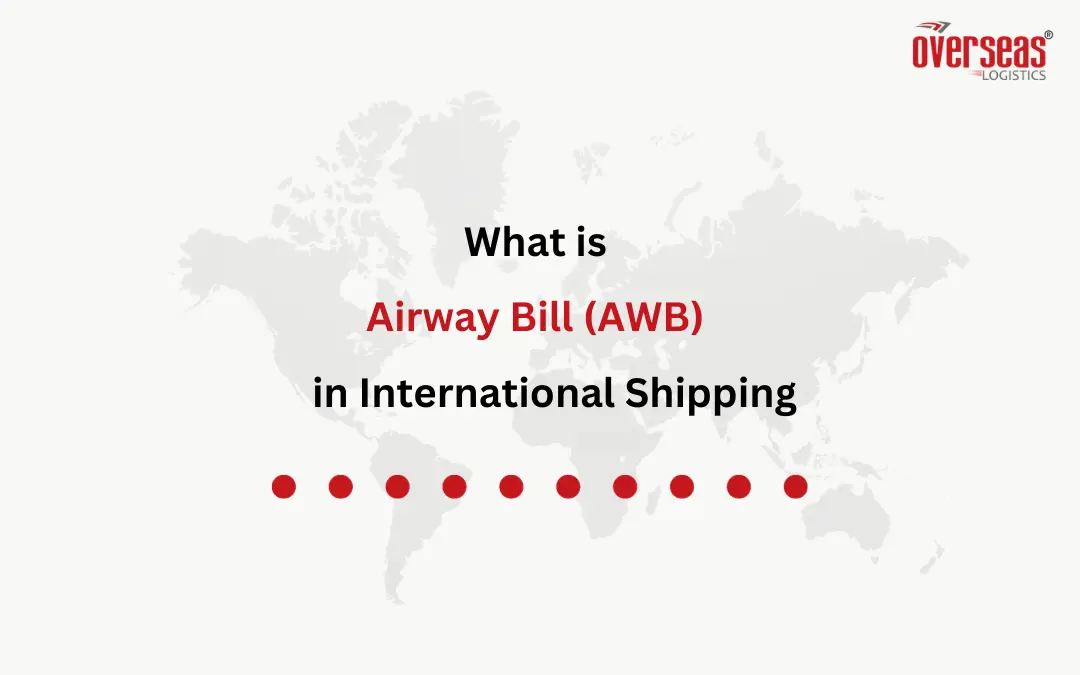In the fast-paced world of international trade, optimizing shipping processes is crucial. One key aspect that distinguishes itself in air freight is the Airway Bill (AWB). This comprehensive guide unveils the intricacies of AWBs, highlighting their significance, functions, and the shift to electronic documentation.
What Is an Airway Bill?
An Airway Bill, commonly abbreviated as AWB, is a legal document in international courier/shipping that accompanies airborne cargo. It acts as a tracking mechanism and forms a contractual bond between the shipper and the carrier. The AWB is a vital part of air freight, providing proof of the contract of carriage from airport to airport.
The Core Functions of an AWB
The versatility of the AWB extends beyond a mere tracking tool. It serves as evidence of goods received by the airline, facilitates communication between parties, outlines transport agreements, acts as a Bill of Lading, declares customs information, provides handling instructions, and enables shipment tracking. Tracking]
Features and Format of the AWB
The physical format of the AWB has evolved from a one-page document to its electronic counterpart, the e-AWB. The original AWB comes in sets of eight copies, each serving a specific purpose in the shipping process. Details such as carrier information, AWB number, shipment contents, fees, and signatures are meticulously organized on the document.
Electronic Era: e-AWB
Since January 1, 2019, the electronic Air Waybill (e-AWB) has taken precedence, streamlining the documentation process. While paper AWBs are still valid, the industry predominantly relies on electronic versions. This transition reduces the need for physical paperwork, ensuring secure and organized record-keeping.
Airway Bill vs. Tracking
Although an AWB and a tracking number share similarities, especially in smaller shipments, they serve different purposes. While tracking numbers are generic, AWBs are specifically designed for large air freight shipments with an air carrier, offering a comprehensive overview of the entire shipping process.
Airway Bill vs. Bill of Lading
Differentiating between the Airway Bill and the Bill of Lading is crucial. The former is tailored for airfreight, detailing cargo and conditions, while the latter is reserved for ocean freight, serving as a receipt and contract. Understanding these distinctions is paramount to avoiding confusion in shipping documentation.
AWB More Than Just a Tracking Number
The AWB plays a multifaceted role in international shipping. From serving as evidence of delivery to providing complete details of involved parties, facilitating customs clearance, enabling shipment monitoring, and even acting as a safety cover for insurance purposes, the AWB is a powerhouse in the logistics chain.
Leveraging AWBs for International Shipping Success
In conclusion, the Airway Bill is not just a piece of paper or a digital document; it’s a strategic tool for importers, exporters, and carriers alike. Understanding its nuances, utilizing its tracking capabilities, and embracing the shift to electronic documentation are crucial steps toward efficient and successful international shipping.
For a seamless shipping experience and advanced tracking capabilities, explore Overseas Logistics – your one-stop platform for shipments, warehouse management, and more.
FAQs
What is an Airway Bill (AWB) in International Shipping?
An Airway Bill (AWB) is a legally binding transport document crucial for shipping airborne cargo. It serves as a consignor’s receipt, tracking mechanism, and contract between the carrier, shipper, and recipient.
How does an AWB differ from a Bill of Lading?
The Airway Bill is used for airfreight, detailing cargo and conditions, while the Bill of Lading is for ocean freight, serving as a receipt and contract. The key difference lies in the mode of transport.
What are the functions of an AWB?
The AWB serves multiple functions, including providing evidence of goods receipt by the airline, facilitating communication between parties, outlining transport agreements, acting as a Bill of Lading, declaring customs information, detailing product specifics, offering handling advice, and enabling tracking of deliveries.
How is the AWB formatted, and what are the color-coded originals?
The typical AWB is a one-page document with the first three copies, produced in eight sets of various colors, being the originals. Each color-coded copy serves a specific purpose for the issuing carrier, recipient, and shipper.
What information does the AWB include?
The AWB includes details about the shipper, consignee, agent, airport of departure, airport of destination, airline information, and specifics about the shipment’s contents. It also captures additional fees, taxes, signatures, and execution details.
What is the significance of the transition to the electronic Air Waybill (e-AWB)?
The e-AWB, introduced in 2010 and adopted as the standard contract of carriage from January 1, 2019, streamlines documentation, aligning with modernization trends. It reduces the need for physical paperwork and promotes secure electronic document storage.
Is an AWB the same as a tracking number?
While an AWB and a tracking number share similarities, an AWB is specifically designed for large air freight shipments with an air carrier. Smaller shipments or those not flying internationally may have a different tracking number.
How does the AWB participate in shipping overseas orders?
The AWB goes beyond being a tracking number; it serves as evidence of delivery or receipt, provides complete details of involved parties, facilitates customs clearance, enables shipment monitoring, and occasionally acts as proof of insurance.
Can the AWB be used for customs clearance?
Yes, the Airway Bill is crucial for passing through customs at international borders. It indicates that the cargo was transported by air, and customs charges the appropriate taxes based on the information provided in the AWB.
How can I track my shipment using the AWB number?
Each airline is assigned a unique airway bill number. To track your international package, enter the AWB number on the carrier’s website. This allows you to monitor the progress and location of your consignment.

